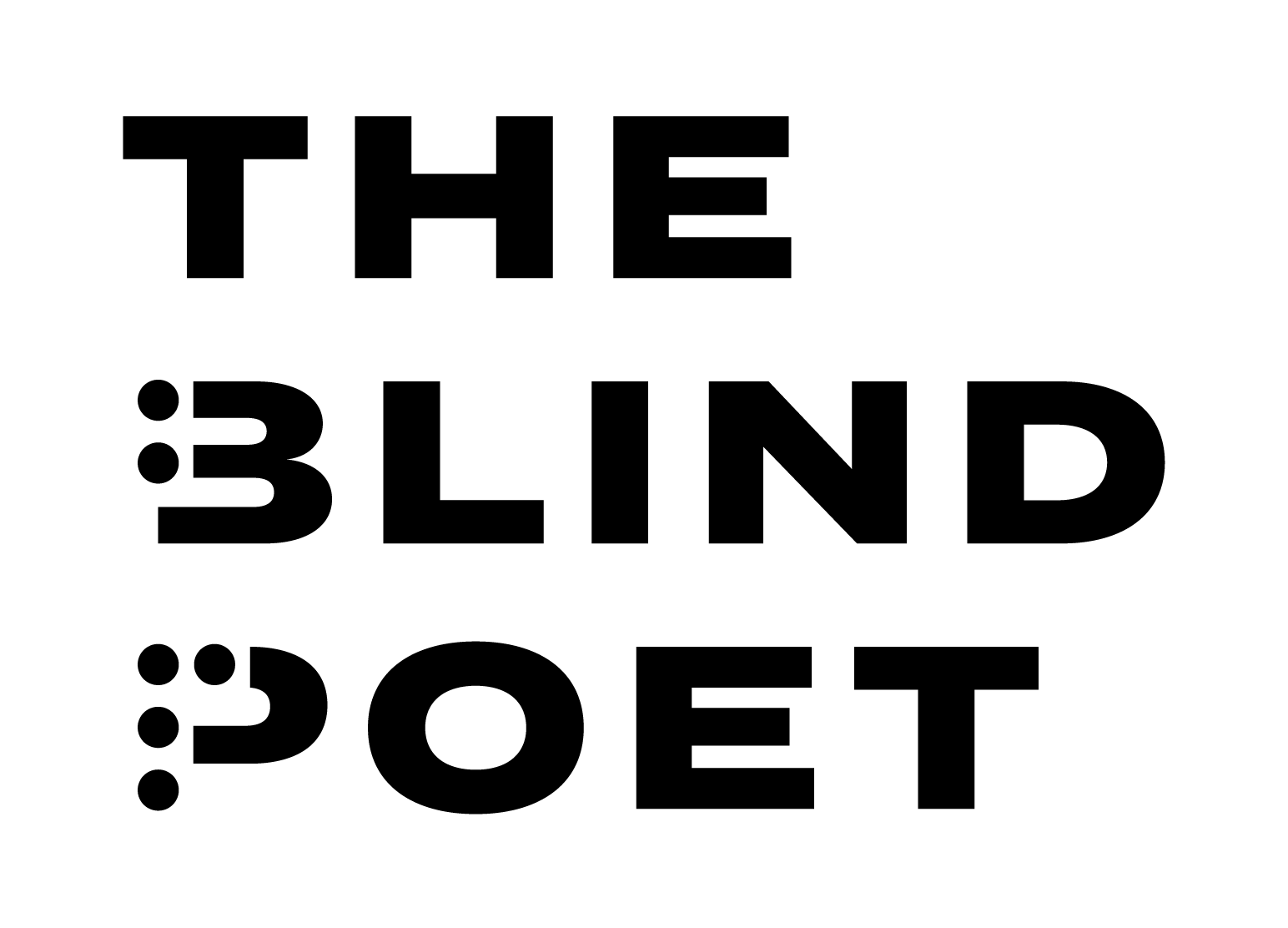Age related macular degeneration (AMD) is the leading cause of vision loss in the U.S. Unfortunately, there is no cure and the disease is usually not noticed until the late stages when vision loss occurs. Only regular comprehensive eye checks can lead to early detection.
Macular degeneration deteriorates the central part of the retina called the macula that focuses central vision. It’s the part of the eye that controls vision needed for reading, driving, seeing faces and the fine detail of any type of object.
Macular degeneration is a progressive disease. In the early stages there isn’t any vision loss, but as the disease progresses it causes vision to become wavy and blurred, there may be blind spots, grayness and distortions in the center vision. In the late stages some people become legally blind.
There are two types of AMD called “dry” and “wet”. The majority of cases, 85 to 90 percent, are dry. The remaining cases are wet AMD. Dry macular degeneration is a type of the disease in which blood vessels in the eye do not leak. In most cases it affects both eyes. Wet AMD is a more advanced form of the disease and causes vision loss when abnormal blood vessels grow in the eye and then leak.





